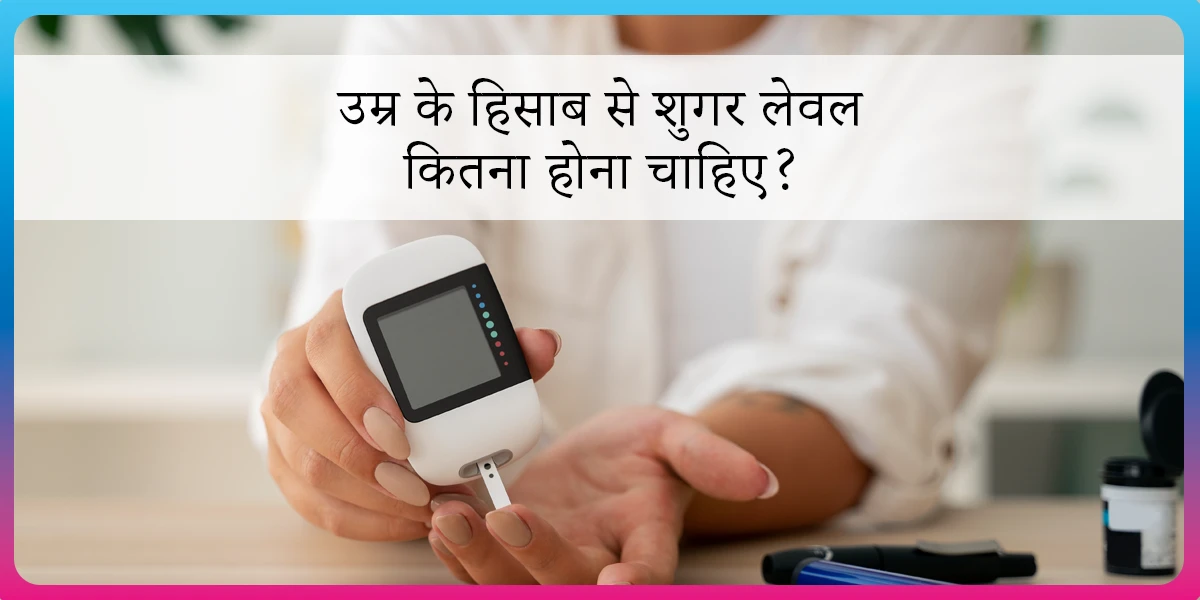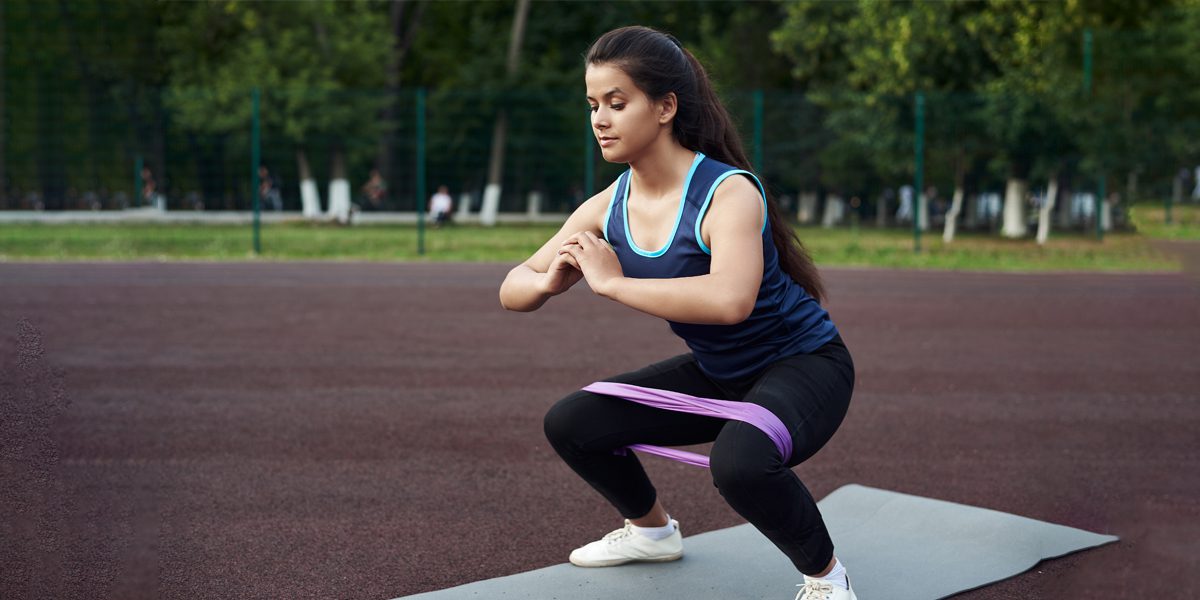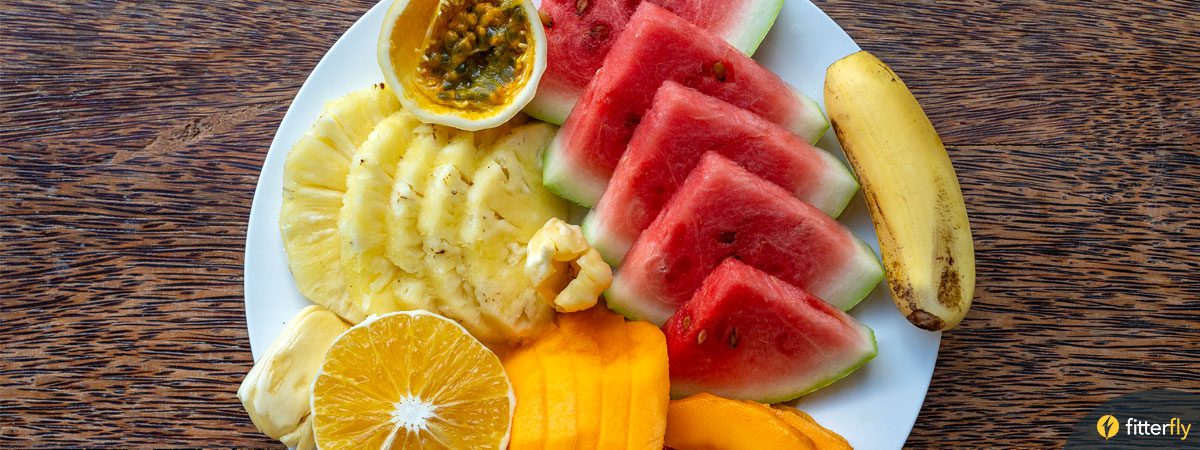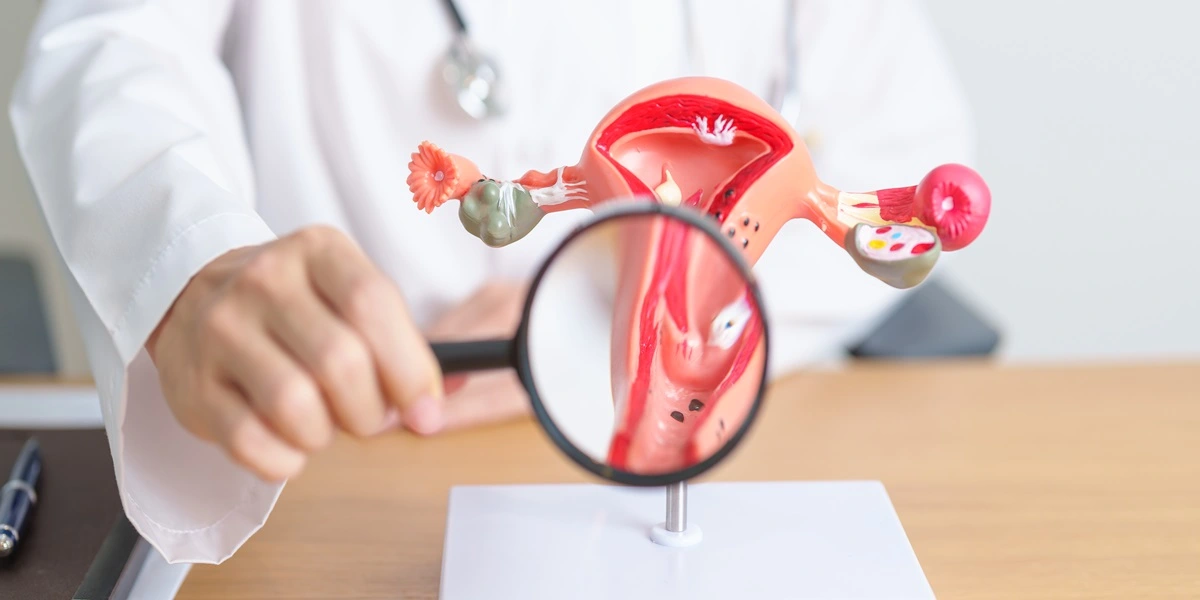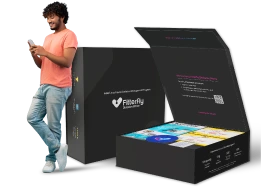Diabetes Friendly Grocery List: The Dos & Don’ts to Follow While Shopping
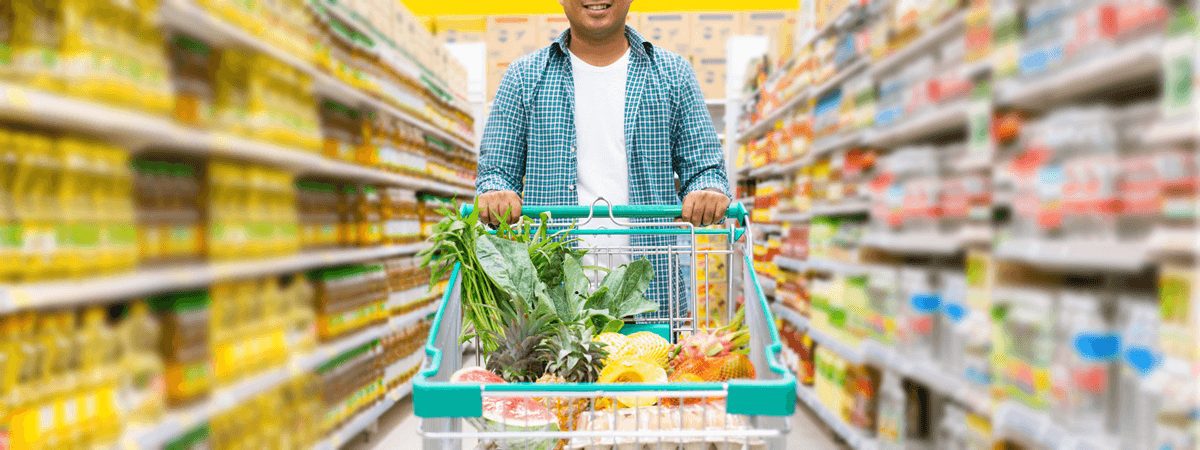
If you’re living with diabetes, you might find meal planning confusing and sometimes frustrating. You may feel that you’ve limited and boring options.
But if you have a clear plan of action, you can add a lot of variety to your existing meals that can be healthy and tasty too!
That is why with the help of our in-house expert — Ms Shilpa Joshi, a Registered Dietitian with 20+ years of experience in diabetes management, we’ve compiled a detailed diabetes-friendly grocery list, especially for you.
We aim to steer you in the right direction at the supermarket and make food shopping effortless for you through this article.
But, before you shop, make sure you don’t go empty stomach – you might buy more than you need. Also, you might make impulsive junk food purchases. Also, if you don’t need to go into a particular aisle, bypass it!
On this note, let’s go shopping!
Diabetes-Friendly Grocery List
1. Fresh Produce – Fruits And Vegetables
Aim to eat at least 5 portions (in total) of fruits and vegetables every day. You can add non-starchy vegetables to your cart like cauliflower, brussels sprouts, green beans, eggplant (baigan), carrot, green salad etc.
You can also buy starchy vegetables but remember to eat them in moderation. These include green peas, corn, potatoes (white and sweet), beets, pumpkin, yams etc.
Fruits contain naturally-occurring sugars and may cause a sudden rise in your blood sugars – so spread your fruit portions out across the day. Our top picks are berries, apples, oranges, watermelon, pears, tomatoes, etc.
Shilpa said, “Since these perishable items don’t have a long shelf-life, you should buy them according to the storage space available in your fridge”.
2. Breakfast Cereals & Snacks
Don’t get swayed by the tricky front packaging (with tall health claims!). Shilpa said, “Many breakfast cereals like porridge oats or muesli are packed with added sugar and salt, so please check the labels before adding them to your cart.
Instead, you can buy other healthy cereals like daliya, steel-cut oats, and amaranth. These are neither flavoured nor processed”.Shilpa further added, “The same goes for snacks, don’t go by their face value.
Check their fat and carb content.Avoid khakhra, kurmura and makhana as they raise your blood sugar levels. Instead, go for protein or fibre-rich snacks like nuts, almonds, chana, and seeds”.
3. Beverages
Don’t drink your calories! All sugary drinks like sherbets, fruit juices, fruit smoothies, sports drinks, fizzy drinks like colas and alcohol are high in calories (about 140 calories in a can of cola), so it’s very easy to consume too much in one go.
Shilpa said, “You can go for buttermilk, non-flavoured almond or soy milk, diet beverages like coke zero, diet pepsi, but in moderation”.
4. Canned & Highly Processed Foods
As much as possible, avoid buying canned food because they are high in salt, sugar and oil. Some of the canned food available in Indian supermarkets are black beans, tuna, salmon, pineapples etc.
Similarly, please avoid highly processed junk foods like jams, ketchup, pickles, potato wafers, biscuits, Maggi, namkeen, ready-to-eat meals etc. They have high sugar and salt content that can harm your blood sugars.
5. Frozen Foods
Frozen produce is cheaper with an extended shelf-life. Shilpa said,” In this section, you can fill your cart with dairy items like paneer, low-fat dahi, low-fat yoghurt and sugar-free ice-cream.
You can also buy frozen peas, carrots, mixed vegetables, spinach etc. These come in very handy in the summer months when not much fresh produce is available. You may also buy frozen chicken from this section”.
But not all frozen foods are good for you, e.g. ready-to-eat frozen meals. These are highly processed and contain preservatives and added sugars and salt. So you should check the ingredients and packaging information before buying them.
6. Dairy & Dairy Alternatives
Go for low-fat milk. It has the vitamins and minerals that you need for bone health but does not have saturated fat which can raise cholesterol.“If you have lactose intolerance, you can readily buy lactose-free milk at Indian supermarkets”, added Shilpa.
7. Meat, Seafood, and Eggs
These foods are rich in protein, making you feel fuller for longer. Choose extra-lean meat which has relatively less fat content like skinless chicken. Avoid sausages and meat puddings as they have a high-fat content–even when grilled.
Buy oily fish such as mackerel, salmon and sardines, which have Omega-3 fatty acids (good fat) that keeps your heart healthy. Shilpa added, “Buy enough meat and seafood for 1-2 days only and make sure that you refrigerate it properly so that it is both delicious and safe for consumption.
You can add different varieties of eggs like white eggs, brown eggs, cage-free eggs, Omega-3 enriched eggs, pasture-raised eggs, and free-range eggs to your shopping cart.
However, Shilpa said, “Although free-range eggs are the best quality eggs with better nutritional value, we can’t be sure of their authenticity by looking at the outside packaging”.
8. Pulses and legumes
You can stock up sufficiently on these basic store-cupboard foods according to your meal plan. But do not over-stock as they have a limited shelf-life.
You may buy beans, peas, peanuts, lentils (black, red, yellow, green, brown), chickpeas, kidney beans or butter beans.
9. Starchy foods-grains
You need carbs for energy, but excess carbs can cause blood sugar spikes. Always remember, eating in moderation is the key here! Read labels for serving sizes and total carb content.
Choose whole grains for better health, such as wholegrain bread, whole wheat flour, wild rice, brown rice, barley, buckwheat, quinoa and oats. Nowadays, plenty of commercial brands sell multi-grain flour in the market, claiming better health benefits.
But do they deliver what they promise? Shilpa said, “In my opinion, you should mix a pulse with grains to get all the nutrients in your diet. This is because all grains–wheat, jowar, bajra etc. lack an essential amino acid–lysine.
Similarly, all pulses–rajma, dals, chole etc. lack methionine. That is why you should avoid mixing cereals with similar nutritional profiles.
The multi-grain flour that is available in the market is usually made by mixing 2 or more grains which may have less protein and fibre”.
10. Desserts
We know that these aren’t great for your waistline and blood glucose, but as an occasional treat or at a one-off celebration, you can include low-fat or sugar-free ice cream, fruit and dark chocolate.
Buy single-serving desserts and only stock your freezer/cabinet with one type at a time. This helps you avoid too much temptation. “Having a dessert once in a while depends on your blood glucose control, medicine dose, presence of diabetes complications, oral health condition etc. It is completely individualised”, said Shilpa.
Grocery shopping is a personal and unique experience. No two shopping lists can be the same. And if you are living with diabetes, you should develop and evolve your groceries smartly so that you cook healthy foods and eat better for better blood glucose control.
Take a printout of the below grocery list with you to make the right choices at the supermarket.
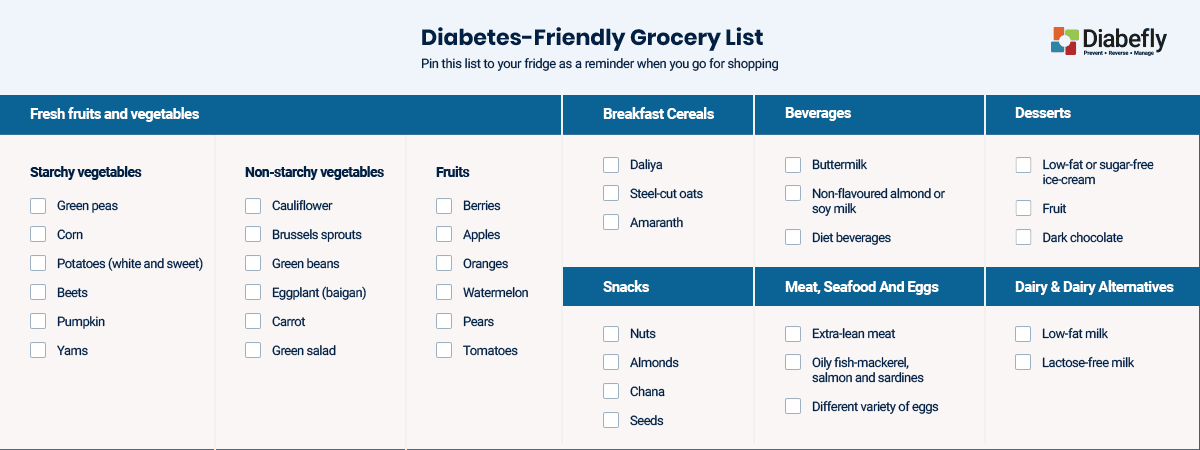
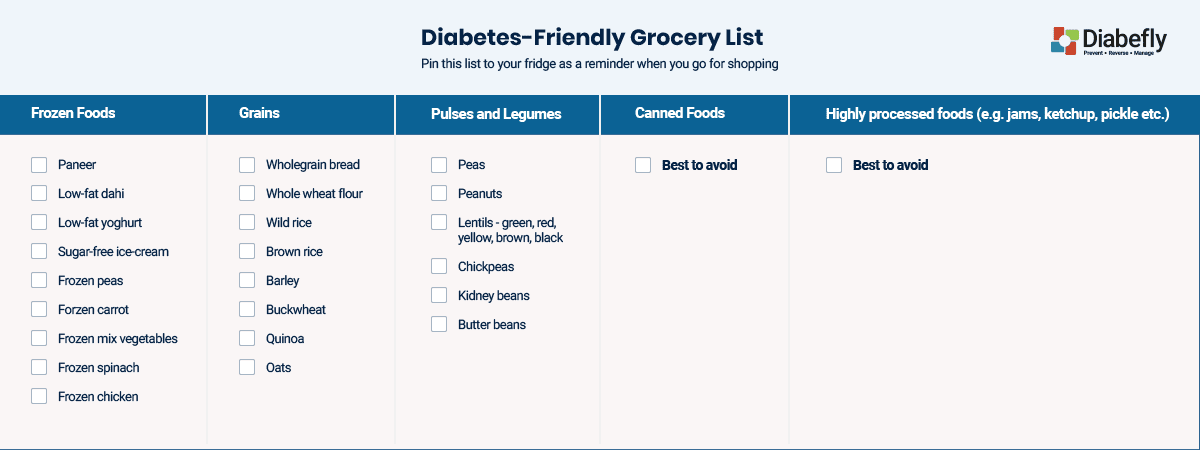
To build a personalised diabetes-friendly food cart, you may take help from the experts of a Diabetes Management Program like Diabefly Pro, who can guide you better about what foods to buy and what to avoid.
To know more about Diabefly, visit www.fitterfly.com/diabefly or speak to us at +91 2248971077 (Ext 1).
This blog provides general information for educational and informational purposes only and shouldn't be seen as professional advice.
Don’t struggle alone & get the expert care you deserve



 References
References